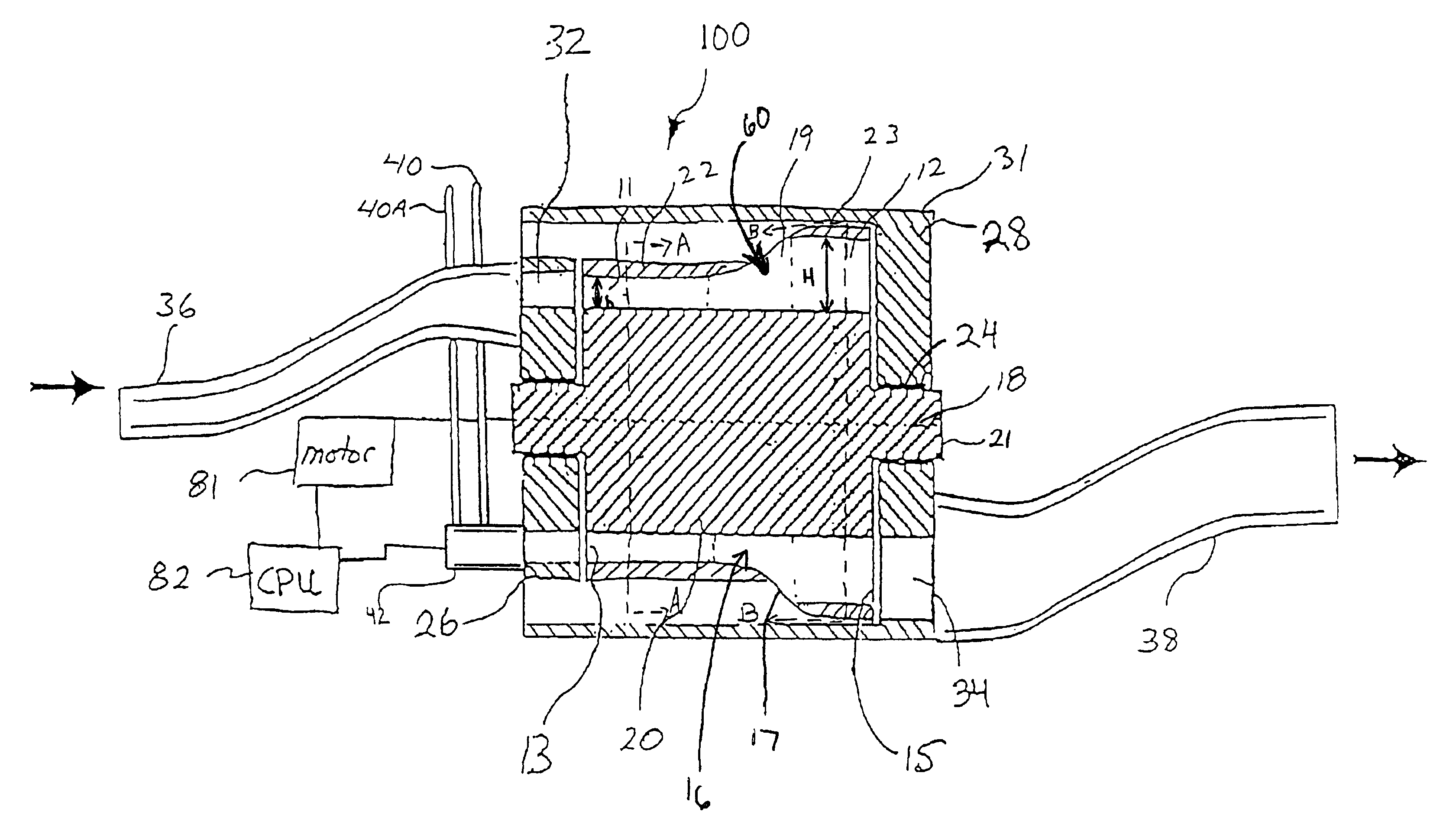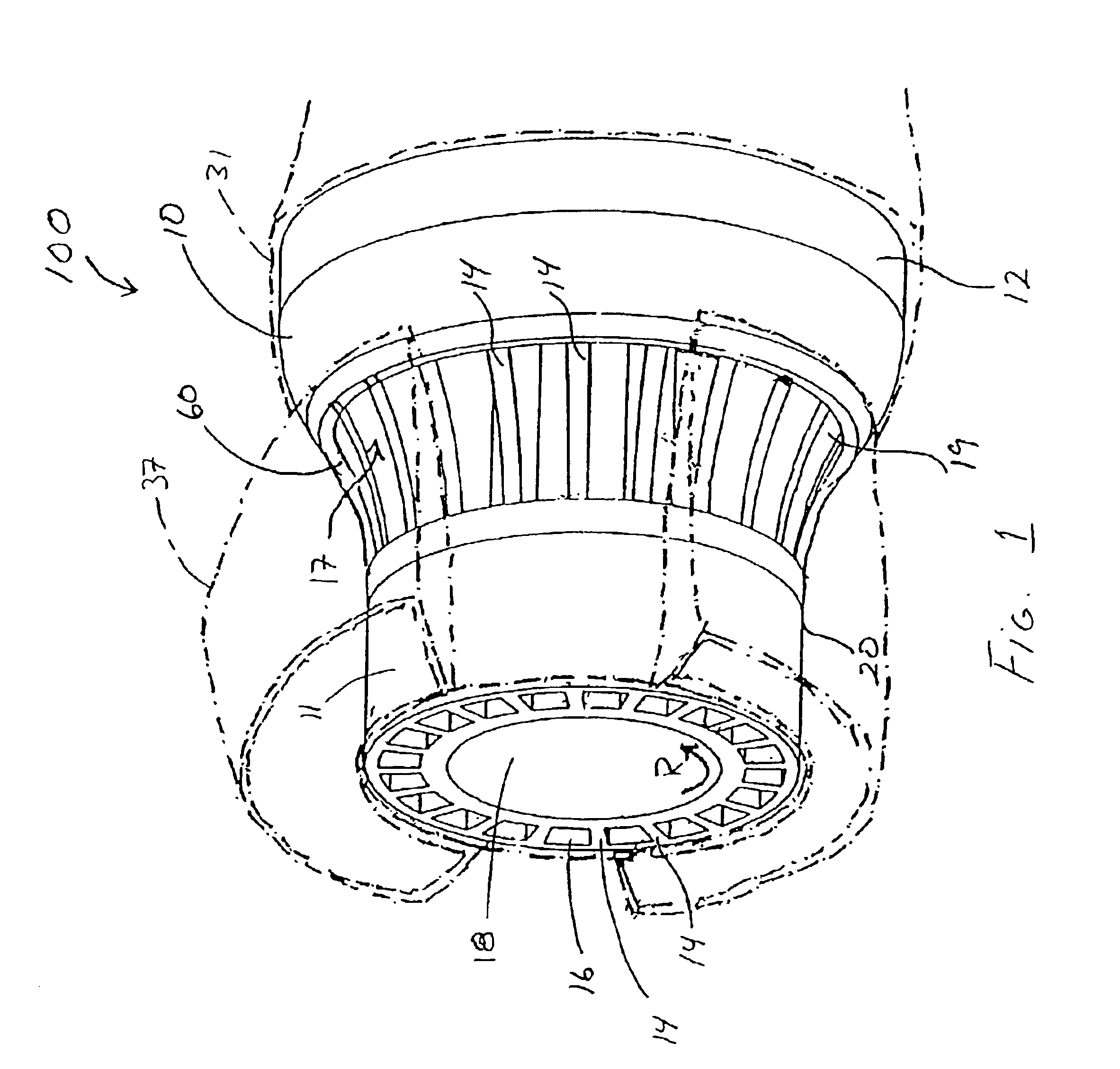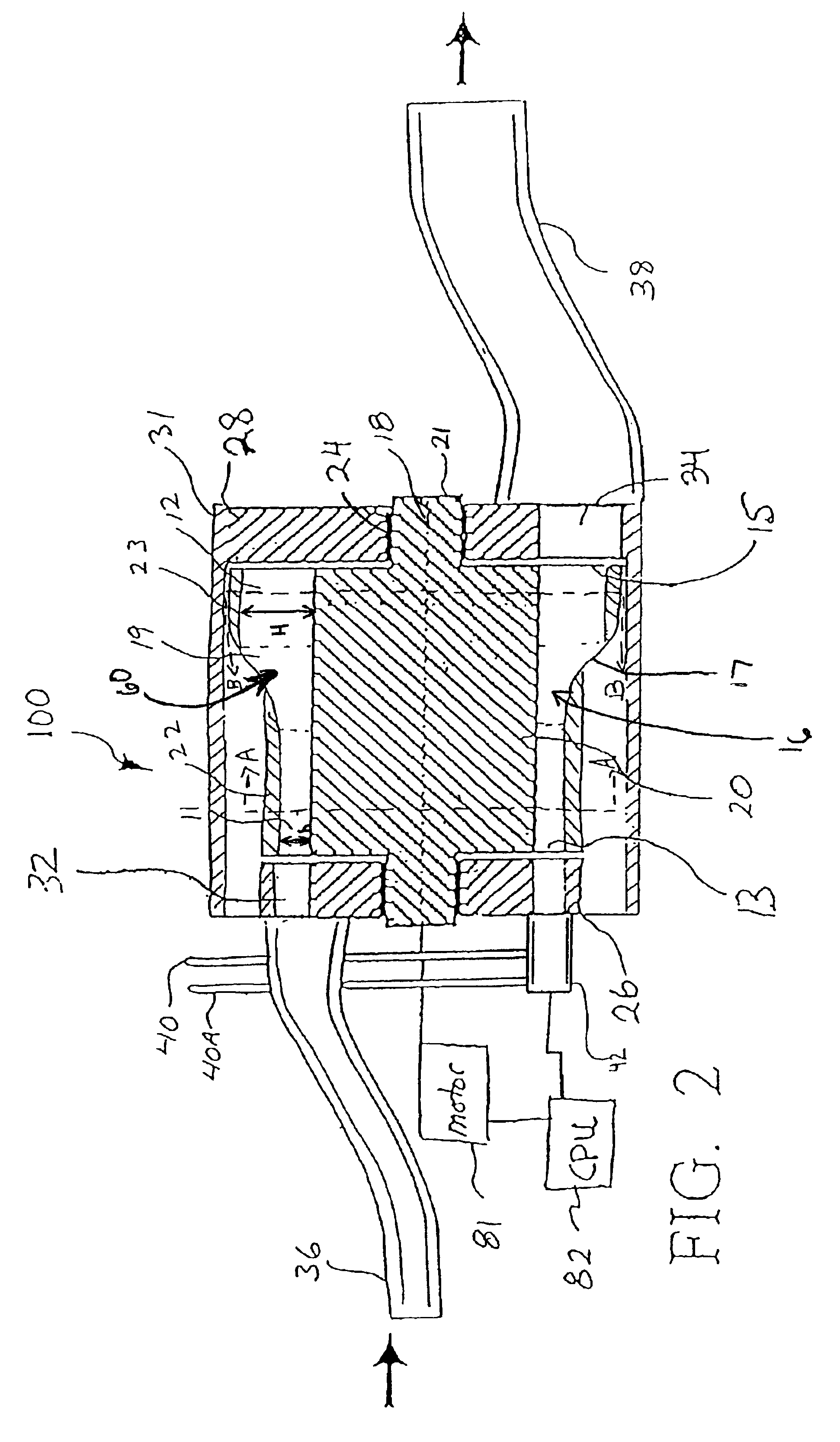Rotary ejector enhanced pulsed detonation system and method
a pulsed detonation and rotary ejector technology, applied in the direction of engine starters, turbine/propulsion engine ignition, intermittent jet plants, etc., can solve the problems of excessive combustion product temperature and detonation-induced velocity, difficult to control the gas temperature of the gas, and difficulty in adjusting the speed of the ejector, so as to reduce the excessive outflow temperature and velocity, improve the propulsive efficiency, and improve the effect of gas temperature control
- Summary
- Abstract
- Description
- Claims
- Application Information
AI Technical Summary
Benefits of technology
Problems solved by technology
Method used
Image
Examples
examples
Computational Results
Preliminary analysis may be performed using a quasi one-dimensional, uniform-grid numerical model of a pulsed combustion process. It employs a code originally developed and validated for wave rotors with non-reacting flow in uniform passages, and later extended to reacting flow, and non-uniform passages.
The code uses an Euler solver to integrate the governing equations of mass, momentum, energy, and species. It has the capability to accommodate multiple port boundary conditions at each end per cycle. It can model mixing, opening time and viscous losses, as well as those losses from leakage, heat transfer, and flow turning effects. It has now been modified to allow mass addition at any location and include the associated momentum and energy sources due to the presence of such mass sources. The governing equations are integrated for any specified time with cyclic boundary conditions. Inlet conditions are specified by appropriate stagnation quantities, and an outfl...
PUM
 Login to View More
Login to View More Abstract
Description
Claims
Application Information
 Login to View More
Login to View More - R&D
- Intellectual Property
- Life Sciences
- Materials
- Tech Scout
- Unparalleled Data Quality
- Higher Quality Content
- 60% Fewer Hallucinations
Browse by: Latest US Patents, China's latest patents, Technical Efficacy Thesaurus, Application Domain, Technology Topic, Popular Technical Reports.
© 2025 PatSnap. All rights reserved.Legal|Privacy policy|Modern Slavery Act Transparency Statement|Sitemap|About US| Contact US: help@patsnap.com



